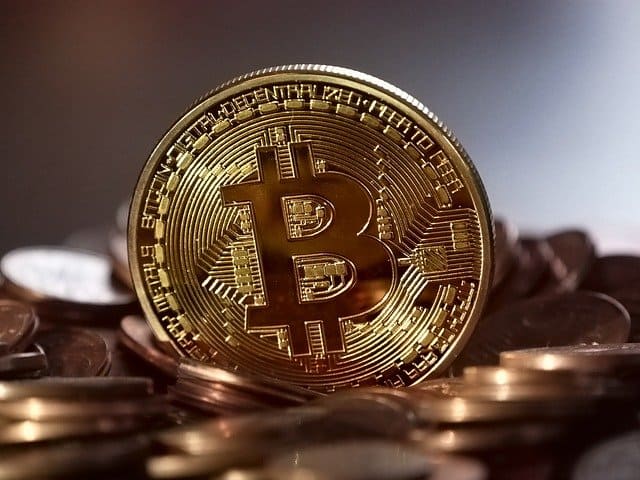DEXs, which stand for “decentralized crypto exchanges,” are apps built on blockchain technology that make it easy for many users to trade digital assets with each other on a large scale. They no longer act as a middleman between buyers and sellers when it comes to money. Instead, they only use algorithms to get where they need to go.
The way DEXs use algorithms is a good example of a smart contract. They are small pieces of code that are built on top of blockchain networks like Ethereum. If you change what you put in, you’ll get different results.
By “disintermediation,” we mean getting rid of middlemen and making it easier for users to work directly with each other. This is what a DEX is all about. People can’t store their bitcoins safely in a DEX. Speaking of which, people should know about the rise of Bitcoin use in business. As an alternative, people should always keep all of their money in their own wallets.
the biggest decentralized exchanges (DEXs) in terms of trading volume have started to threaten some of the biggest controlled exchanges (CEXs). Exchanges are the biggest companies that deal with cryptocurrency, and DEXs are the biggest companies that don’t have a central office.
“Liquidity pools” are often used instead of traditional exchange order books, which match buyers and sellers based on the prices and amounts of their orders. This is how DEXs work most of the time. These are hidden pools of crypto assets that are always ready to buy or sell. Investors put their assets into the pool in the hopes that the transaction fees paid by other pool users would make their money.
the biggest decentralized exchange (DEX) in the world, was built on the Ethereum blockchain in 2018 by a former mechanical engineer who had only learned to code after being fired from Siemens the year before. Uniswap is now the world’s biggest DEX. By the end of 2021, it was handling transactions worth more than a billion dollars each day.
CoinGecko says that Uniswap’s version 3 protocol could handle trades worth about $2 billion on some days as of February 2022. It usually has about three times as much traffic as its closest DEX competitors, like PancakeSwap, which see between $300 million and $600 million in daily traffic.
Many people believe that decentralized exchanges are an important part of the cryptocurrency market. Because of this, more and more DEXs have been built on Ethereum and other blockchains as time has gone on. But why do investors find DEXs so interesting?
UniSwap
The most popular DEX is the UniSwap, which is also called UNI. In fact, it was one of the first platforms of this type to be built on Ethereum. Other DEXs have done the same thing, but most of them are based on an idea that UniSwap had first.
At the moment, Uniswap is still the most used decentralized exchange (DEX) on Ethereum. It was also one of the markets with the most trades in January, with about $51 billion worth of trades. If you want a DEX that has been used before and has a track record of success that can be checked, Uniswap is a great choice.
YXDX (DYDX)
Traders who buy and sell derivatives made dYdX, which is also called DYDX. It gives users access to a huge number of contracts and futures on a wide variety of crypto assets. It is faster, safer, and has better prices than many other platforms for trading derivatives. On average, about $6.5 billion worth of trades happens every day on the platform.
1-inch network
On the 1Inch Network (1Inch), which is both a liquidity aggregator and a DEX, people can trade cryptocurrencies with each other. It also makes it easier for DeFi to spread all over the world. The network brings liquidity from different chains together. This makes it easier for traders to buy and sell crypto assets with very low slippage costs. This is possible because the network can bring together a lot of cash.
